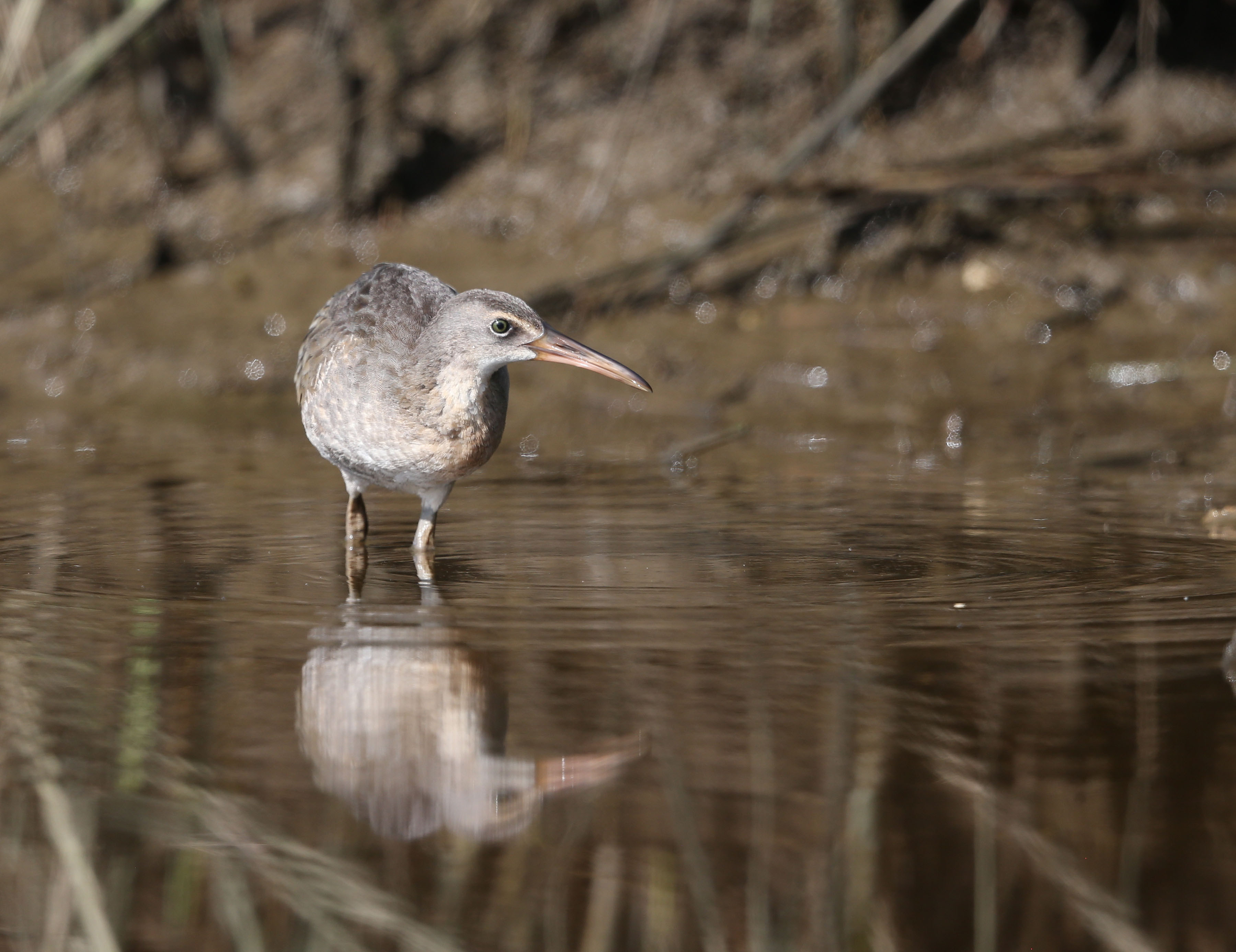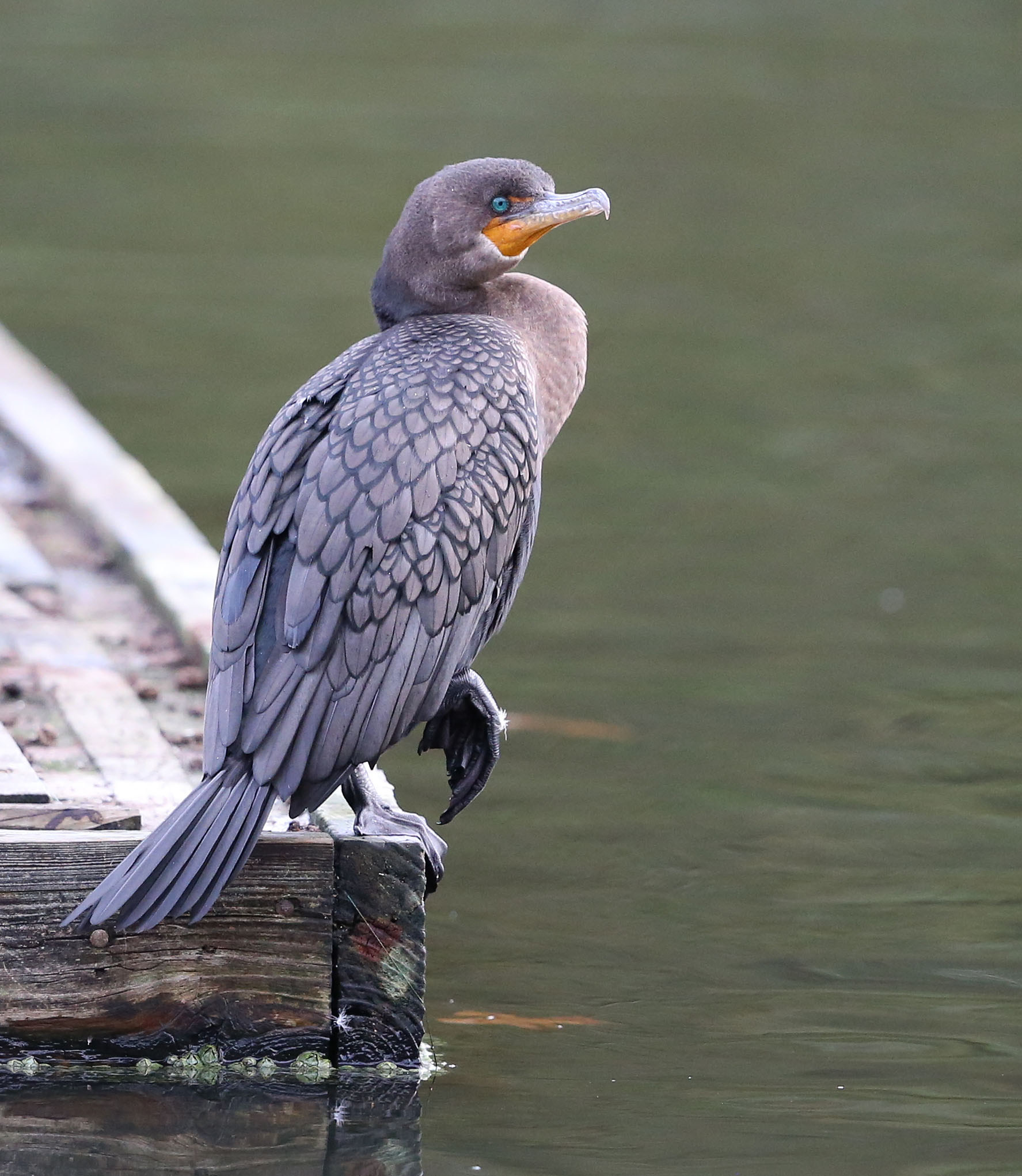In my last few blog posts, I made a big deal about fieldcraft and light. When it comes to photographing wildlife, few things are more important than an appreciation of the two.

Ironically, I just read a few articles that make that point clearly.
First, I read a story about Beverly Meekins. Beverly is a North Carolina photographer who often begins her photo excursions to North Carolina wildlife refuges at sunrise. She shoots everything from bears to bobcats to otters. According to the piece, she knows the value of—and takes advantage of—early morning light. She also knows her subjects, the role of patience, and the importance of keeping a respectable distance.
I then read the story behind a 1991 Virginia Wildlife cover photo of a white-tailed buck. It’s a fascinating account of wildlife photographer Lynda Richardson’s early-morning pursuit of the majestic animal in Virginia’s Shenandoah National Park. Lynda went out before sunrise, harnessed the light, knew her subject well, and approached it with care.
I’m impressed with, but not surprised by, the degree of planning that went into Lynda’s shoot. She “made her own luck” by being thoroughly prepared.

Next, I read a longer piece entitled “Visualize. Plan. Shoot.” It was written by Glenn Randall and appeared in the October 2020 issue of Outdoor Photographer. It’s a fascinating read about the many steps, beginning with visualization, that some landscape photographers take before they release the shutter and take the picture. Visualization can involve imagining a scene, studying a topographic map, or going into the field to look for subjects.
Glenn finished his piece with these words: “Not every shot has to be visualized or even scouted. On rare occasions, I’ve stumbled across an exquisite subject just as the right light and atmospherics came together, then created a successful image of that scene. Far more often, however, my best images came about because I imagined them first and then found a way to put my vision onto my sensor.”
His best images come about because he puts in the effort. If you read his article, you’d discover that “finding a way” involves learning about sunrise and sunset times, maps and geography, the lunar cycle, and weather patterns (to name a few), not to mention which lens to use. Glenn also has an appreciation of fieldcraft and light.

And This Just In
Doesn’t it look like the Double-crested Cormorant above is sporting an engagement ring? Of course, it’s on the wrong foot.
If you’d like to know how fieldcraft and light were factors in creating the photos of the Clapper and Great Blue, please visit “Talkin’ More Bird Photography” and “Stalking a Great Blue” respectively.
I used the words “made her own luck” above. I was referring there to the advice that National Geographic wildlife photographer Ralph Lee Hopkins provides in the B&H Explora piece, “6 Tips on Wildlife Photography.” I buy much of my gear (new and used) from B&H and often read and gain valuable insights from their Explora photography articles.
I enjoy reading stories about “girls who click.” There’s actually a website by that name, girlswhoclick.org, and Lynda Richardson is one of their photographers.
Quip, Question, Quote
“One of the most important tools in wildlife photography is fieldcraft. Getting to know the subject, spending time watching, listening and looking, learning its behaviour, its habits and calls. In turn all of this will reward you with a far better chance of capturing images that show the subjects natural behaviour.” (https://www.craigjoneswildlifephotography.co.uk/talks/fieldcraft)

Thanks so much for reading. Please consider leaving a comment below. I respond to every one.
Such beautiful photos, Dave. The light does have such a luminous quality about it in your photos. It also complements the colours of the birds.
Thank you for the links. We are having many rainy days here, so I hope to have some time to read some more pro tips in the links you provided. Unfortunately planning is not my forte, but hopefully some of the tips will sink in.
LikeLike
Tracy, Thanks. I laughed when I read your last sentence. It’s not my forte either, but a degree of planning is always important. Hope you’re well!
LikeLiked by 1 person
I am well, Dave. Hope you are too?
LikeLike
We are as well. Thanks as always for reading.
LikeLiked by 1 person
Award winning photos. 👍🦅
LikeLike
Not sure I deserve that, but many thanks!
LikeLike
Some fantastic examples Dave. The heron with the fish was a great catch and I love the detail on the cormorant’s feathers – as though they’re made of metal.
LikeLike
Thanks, and always good to hear from you. Agreed. The cormorant looks like it’s wearing some kind of armor.
LikeLiked by 1 person